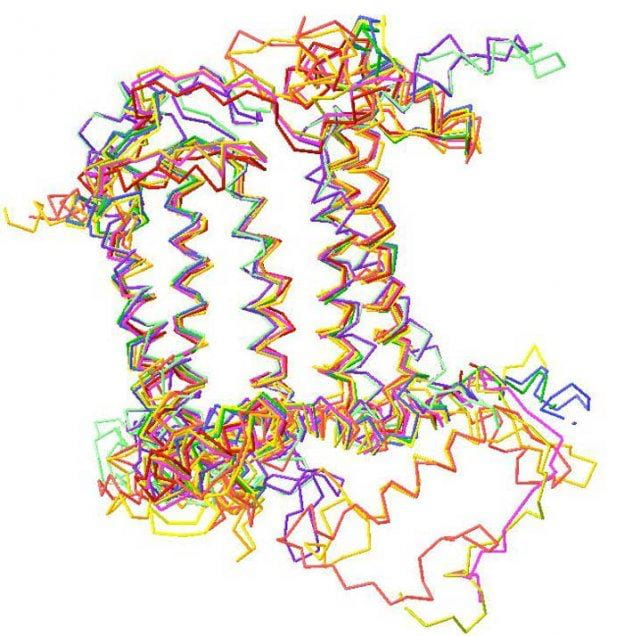This project is concerned with the evolutionary development of photosynthesis, in particular the transition from anoxygenic to oxygenic forms of photosynthesis. The approach includes detailed molecular evolution analysis of existing photosynthetic organisms, including complete genome comparisons. Detailed sequence comparisons of the proteins that make up the Photosystem II reaction center that is the site of oxygen evolution have been carried out to learn the evolutionary relationships between the proteins of the related but simpler complexes found in anoxygenic bacteria and the much more complex Photosystem II (Fig. 6). Our previous work has identified the ubiquity of horizontal gene transfer among phototrophs (13). We are now extending that work to include analysis of the roles of gene recruitment and gene duplication in the evolutionary processes that led to the development of linked photosystems and the oxygenic phenotype. Recent work has utilized structure-based methods for construction of phylogenetic trees, which has permitted us to infer properties of the earliest photosynthetic reaction centers (14). The unique newly discovered chlorophyll d-containing photosynthetic prokaryote Acaryochloris marina is being investigated in detail. This organism may represent a “missing link” in the evolutionary transition from the anoxygenic to the oxygenic forms of photosynthesis.
